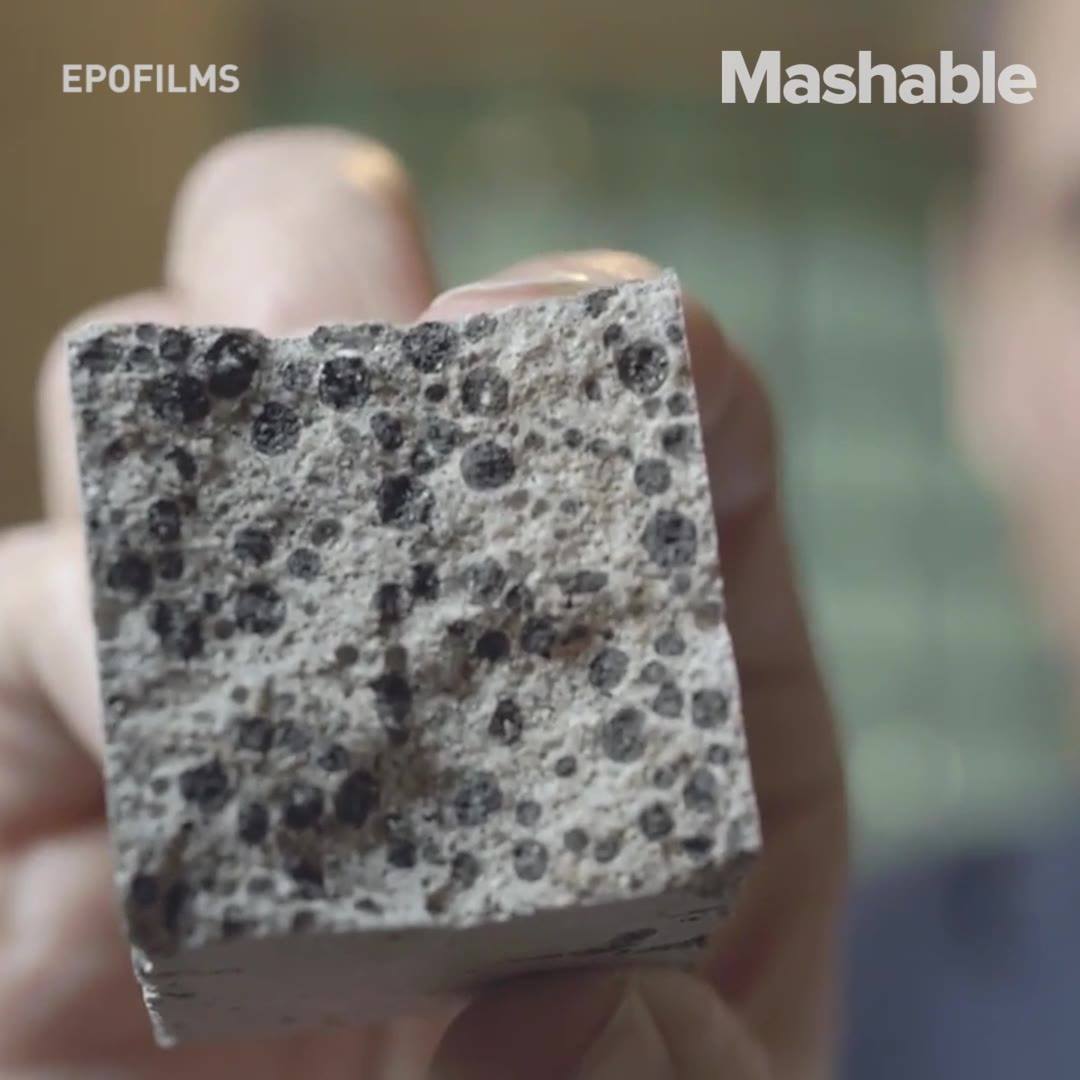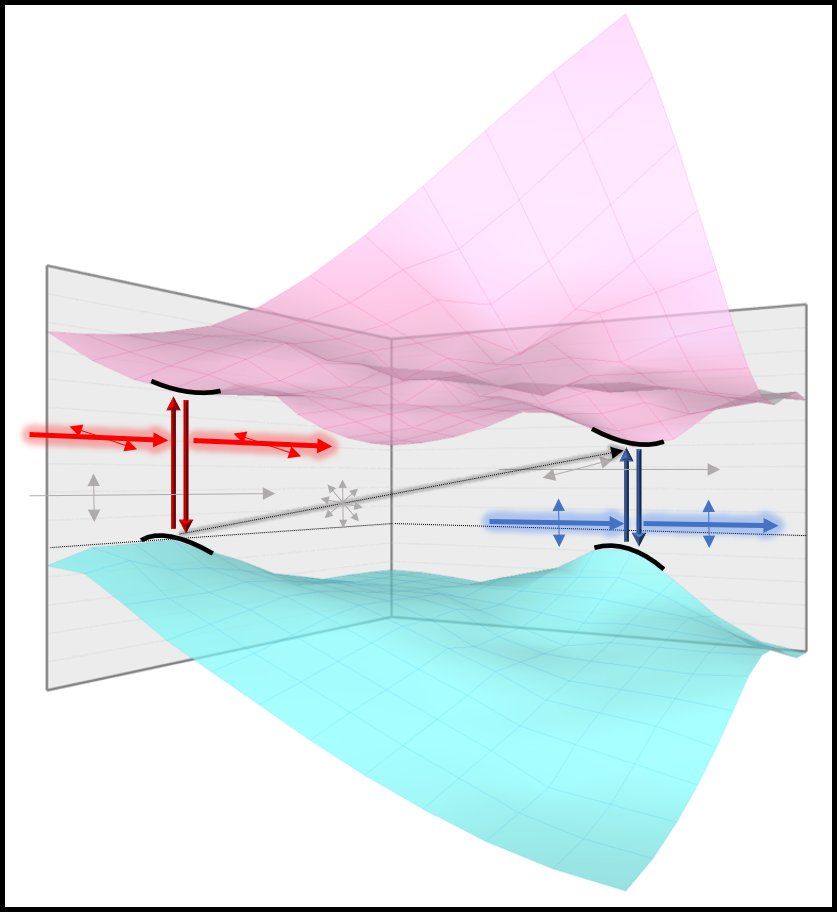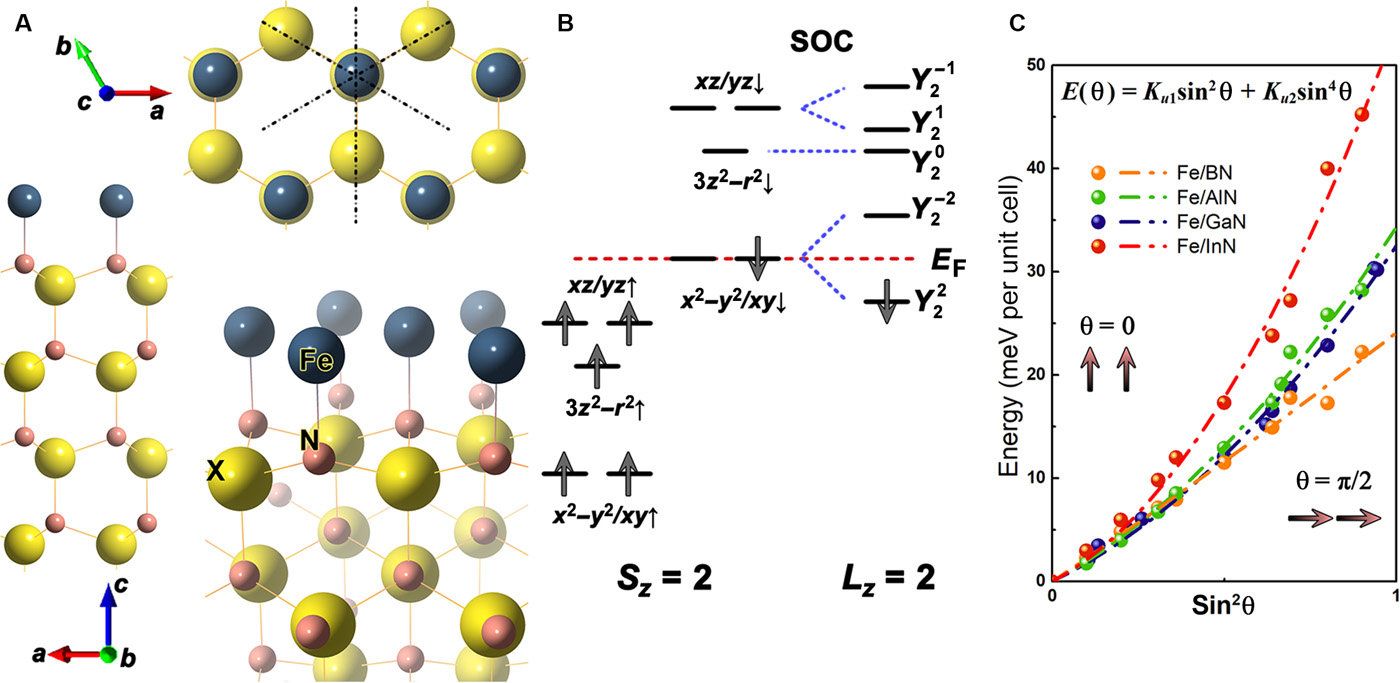Archive for the ‘materials’ category: Page 245
May 1, 2018
Valleytronics discovery could extend limits of Moore’s Law
Posted by Shane Hinshaw in categories: computing, materials
Research appearing today in Nature Communications finds useful new information-handling potential in samples of tin(II) sulfide (SnS), a candidate “valleytronics” transistor material that might one day enable chipmakers to pack more computing power onto microchips.
The research was led by Jie Yao of the Department of Energy’s Lawrence Berkeley National Laboratory (Berkeley Lab) and Shuren Lin of UC Berkeley’s Department of Materials Science and Engineering and included scientists from Singapore and China. Berkeley Lab’s Molecular Foundry, a DOE Office of Science user facility, contributed to the work.
For several decades, improvements in conventional transistor materials have been sufficient to sustain Moore’s Law — the historical pattern of microchip manufacturers packing more transistors (and thus more information storage and handling capacity) into a given volume of silicon. Today, however, chipmakers are concerned that they might soon reach the fundamental limits of conventional materials. If they can’t continue to pack more transistors into smaller spaces, they worry that Moore’s Law would break down, preventing future circuits from becoming smaller and more powerful than their predecessors.
May 1, 2018
New Tech Marries the Best of Photonics and Electronics on the Same Silicon Chip
Posted by Klaus Baldauf in categories: computing, materials
A new technique integrates optical components into general purpose chips using standard manufacturing processes and materials. Light carries data faster and generates little heat compared to electronics, which makes it attractive to chipmakers eager to boost device speeds.
Apr 30, 2018
Humanity’s ‘Final Institute’ (Part 1)
Posted by Bill Kemp in categories: existential risks, materials
The concern for the future of humanity is becoming more imperative as exponential technology brings us to the brink of the most fragile time in human history. Existential risk is a matter that is necessary to contemplate proactively rather than in a reactionary state, especially if intentions are to ensure continuance into the far future; a sort of insurance for humanity. However, what is mankind really trying to do? It is commonly advised to begin with the end in mind, however, there doesn’t seem to be a legitimate end goal besides a desperate cling to survival. Living without a purpose is simply existing, which seems to be the current state of our species. What are we existing for?
If we are referring to the whole of mankind rather than the specific individual, it can be commonly agreed upon that we simply have no concrete conclusion for why we are even here; or why anything should exist at all. This is in part due to the fact that we don’t even seem to have a complete understanding of what the universe actually is; why things behave the way they do. The fact that this is unknown would, by definition, imply that the relevance of everything that we do is also currently unknown. Thus, the logical progression would begin with acquiring the information necessary to discover what this nature is that existence seems to abide by. Then we can assemble the right question pertaining to the reason behind this phenomenon that we refer to as the “universe.”
By starting with this end question in mind, we can identify to the best of our current knowledge, the information that would be necessary to know before answering it. Regardless if it seems possible or not, we must consider it necessary for the time being. This would likely result in a series of questions, pushing the boundaries of our scientific and philosophical capabilities. This process would certainly be subject to change as new breakthroughs advance our understanding of the universe. However, the fact of the matter remains; it would be the most efficient direction relative to our maximum capability.
Apr 30, 2018
Brain-Like Chips Now Beat the Human Brain in Speed and Efficiency
Posted by Shailesh Prasad in categories: materials, robotics/AI
Move over, deep learning. Neuromorphic computing—the next big thing in artificial intelligence—is on fire.
Just last week, two studies individually unveiled computer chips modeled after information processing in the human brain.
The first, published in Nature Materials, found a perfect solution to deal with unpredictability at synapses—the gap between two neurons that transmit and store information. The second, published in Science Advances, further amped up the system’s computational power, filling synapses with nanoclusters of supermagnetic material to bolster information encoding.
Continue reading “Brain-Like Chips Now Beat the Human Brain in Speed and Efficiency” »
Apr 19, 2018
Bolt Threads Debuts New ‘Leather’ Made From Mushroom Roots
Posted by Shailesh Prasad in categories: innovation, materials
The materials innovation startup known for its synthetic spider sillk is rolling out a second bio-material, a leather made from mycelium that can be grown in a small space with a much lower environmental impact than raising cattle.
Apr 18, 2018
Team develops sodium ion batteries using copper sulfide
Posted by Bill Kemp in categories: materials, mobile phones
A KAIST research team recently developed sodium ion batteries using copper sulfide anode. This finding will contribute to advancing the commercialization of sodium ion batteries (SIBs) and reducing the production cost of any electronic products with batteries.
Professor Jong Min Yuk and Emeritus Professor Jeong Yong Lee from Department of Materials Science and Engineering developed a new anode material suitable for use in an SIB. Compared to the existing anode materials, the copper sulfide anode was measured to exhibit 1.5 times better cyclability with projected 40 percent reduction in cost.
Lithium-ion batteries (Li-ion batteries or LIBs) are widely used in mobile phones and other personal electronics. However, large-scale energy storage systems require less expensive, more abundant materials. Hence, a SIBs have attracted enormous attention for their advantage over lithium-based batteries.
Apr 16, 2018
Quasar’s light yields clues to outflow
Posted by Genevieve Klien in categories: cosmology, materials
This artist’s impression shows the light of several distant quasars piercing the northern half of the Fermi Bubbles, an outflow of gas expelled by the supermassive black hole in the centre of the Milky Way. The NASA/ESA Hubble Space Telescope probed the quasars’ light for information on the speed of the gas and whether the gas is moving toward or away from Earth. Based on the material’s speed, the research team estimated that the bubbles formed from an energetic event between 6 million and 9 million years ago.
The inset diagram at bottom left shows the measurement of gas moving toward and away from Earth, indicating the material is traveling at a high velocity.
Hubble also observed light from quasars that passed outside the northern bubble. The box at upper right reveals that the gas in one such quasar’s light path is not moving toward or away from Earth. This gas is in the disc of the Milky Way and does not share the same characteristics as the material probed inside the bubble.
Apr 14, 2018
Scientists Just Achieved The World’s Most Precise Chemical Reaction
Posted by Genevieve Klien in categories: materials, particle physics
Scientists have just performed the world’s most precisely controlled chemical reaction, sticking together just two atoms from elements that wouldn’t normally form a molecule.
The two elements — sodium and caesium — produced an interesting alloy-like molecule. On top of that, this method of creation could set the way of making just the kind of materials we might need in future technology.
A team of Harvard University scientists used laser ‘tweezers’ to manipulate individual atoms of the two alkali metals into close proximity, and provided a photon to help them bond into a single molecule.
Continue reading “Scientists Just Achieved The World’s Most Precise Chemical Reaction” »
Apr 13, 2018
Researchers find combination for small data storage and tinier computers
Posted by Bill Kemp in categories: computing, materials
It may sound like a futuristic device out of a spy novel, a computer the size of a pinhead, but according to new research from the University of New Hampshire, it might be a reality sooner than once thought. Researchers have discovered that using an easily made combination of materials might be the way to offer a more stable environment for smaller and safer data storage, ultimately leading to miniature computers.
“We’re really optimistic about the possibilities,” said Jiadong Zang, assistant professor of physics. “There is a push in the computer industry toward smaller and more powerful storage, yet current combinations of materials can create volatile situations, where data can be lost once the device is turned off. Our research points to this new combination as a much safer option. We’re excited that our findings might have the potential to change the landscape of information technology.”
In their study, recently published in the journal Science Advances, the researchers outline their proposed combination which would allow for a more stable perpendicular anisotropic energy (PMA), the key driving component in a computer’s RAM (random-access memory) or data storage. The material would be made up of ultrathin films, known as Fe monolayers, grown on top of non-magnetic substances, in this case X nitride substrate, where X could be boron, gallium, aluminum or indium. According to the research, this combination showed anisotropic energy would increase by fifty times, from 1 meV to 50 meV, allowing for larger amounts of data to be stored in smaller environments. There is a provisional patent pending which has been filed by UNHInnovation, which advocates for, manages, and promotes UNH’s intellectual property.

















